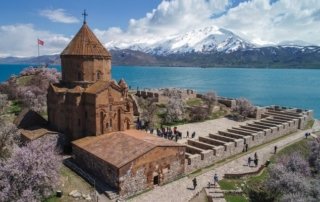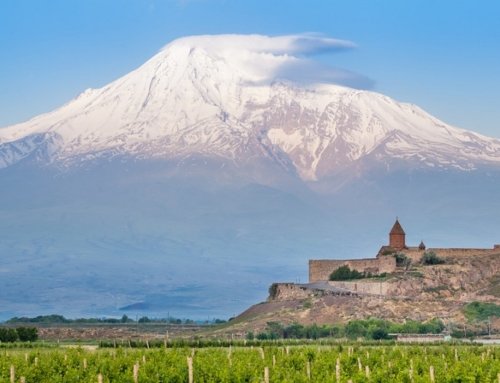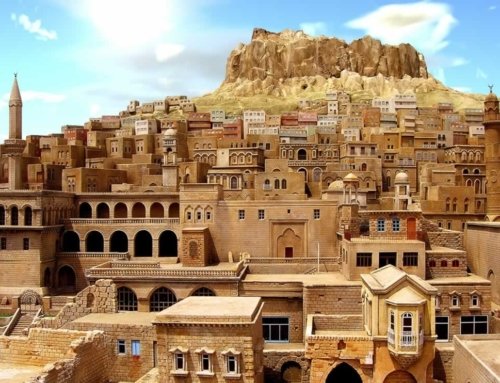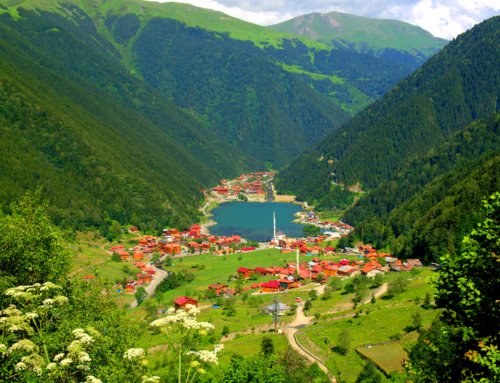Project Description

- The region came under the control of the Orontids in the 7th century BC and quickly later the Persians in the mid 6th century BC. The Van Fortress located outside Van holds an inscribed stereotyped trilingual inscription of Xerxes the Great from the 5th century BC upon a smoothed section of the rock face, some 20 metres (66 feet) above the ground near the fortress. The inscription survives in near perfect condition and is divided into three columns of 27 lines written in (from left to right) Old Persian, Babylonian, and Elamite. In 331 BC, Van was conquered by Alexander the Great and after his death became part of the Seleucid Empire. By the early 2nd century BC it was part of the Kingdom of Armenia. It became an important center during the reign of the Armenian king, Tigranes II, who founded the city of Tigranakert in the 1st century BC. In the early centuries BC, it fell to the emerging Arsacid dynasty of Parthia until the 3rd century AD. However, it also fell once to the Arsacid Dynasty of Armenia in this timespan. In the History of Armenia attributed to Movses Khorenatsi, the city is called Tosp, from Urartian Tushpa.










